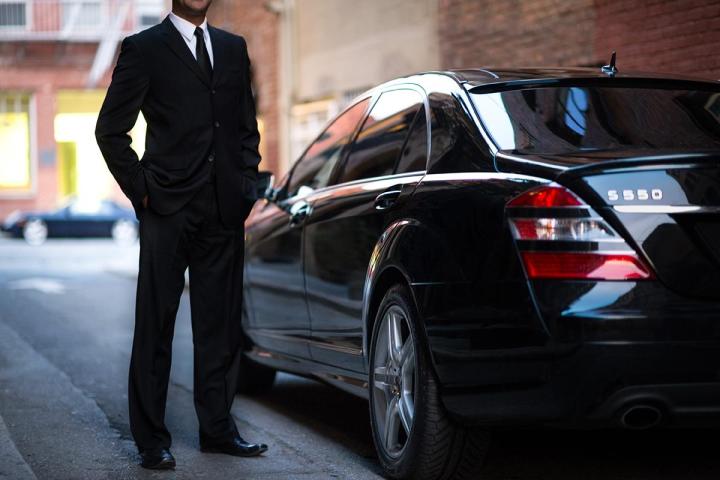
Still, in order to become the dominant force in the world of ride-hailing apps, it knows it has to fight its corner every time, a reality that requires careful marketing, an astute PR team, and an even better bunch of lawyers.
Taxi drivers in Australia are the latest to down tools and rise up against Uber, with hundreds in Melbourne blocking the city streets Thursday morning while calling for the state government to ban the service. Licensed drivers in Sydney also staged similar protests.
As with other anti-Uber protests that’ve taken place around the world over the last couple of years, the central claim is that Uber should be subject to the same regulations as those operating in the licensed taxi industry, which would mean increased costs for the ride-hailing company.
Avoiding these overheads allows Uber to charge cheaper fares, which obviously puts added pressure on the licensed drivers’ business.
The New South Wales Taxi Council, which oversees licensed operations in Sydney, said last month, “Ride-sharing isn’t sustainable and the people running ride-sharing companies don’t care about drivers or know what’s right for the industry.”
It added, “Ride-share drivers are not only breaking the law, they may not have proper insurance or cover for workers compensation. Additionally, there’s no safety equipment or professional representation with support from an industry association.”
Responding to Thursday’s protests, Uber told the Sydney Morning Herald that taxi industry data indicates that “the taxi market has grown since Uber arrived,” leading to a better service for passengers. Uber has consistently claimed it’s not a transportation business but a technology platform that connects riders and providers and therefore is not subject to the same regulations as taxi firms.
Local governments in Australia are currently examining how to deal with services like Uber, with some planning to report back next month.
Editors' Recommendations
- Uber might launch a handyperson service like TaskRabbit
- Uber sells its flying-taxi business to another flying-taxi business
- California sues Uber, Lyft to force them to make drivers employees
- Uber unveils new delivery services as ride demand tanks
- Uber could suspend accounts for riders and drivers with coronavirus


